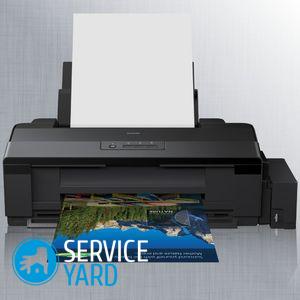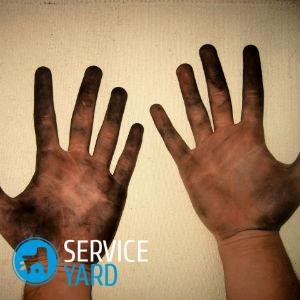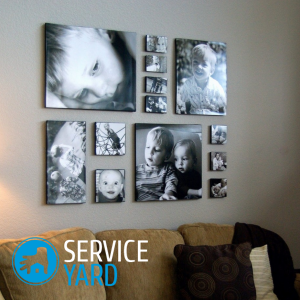Which photo paper is best for an Epson printer?

Which photo paper is best for an Epson (epson) printer? Many are interested in this issue. Of course, this aspect has long been known to photo printing professionals, but for fans who have a printer or an MFP at home and would like to try to print photographs at home for themselves, it’s quite relevant. If you ask their manufacturers about the criteria for choosing photo paper for a printer, then the answer will be unequivocal: for high-quality photo printing, “native” photo paper in combination with original ink will be the best choice. But is this really so, because not always the original consumables, as well as photo paper, are at hand. In addition, many people want to save and replace these products with cheaper analogues. How will this affect print quality? We will talk about all the nuances of this issue in this article.
to contents ↑What is important for printing photos on an inkjet printer?
To obtain a high-quality image on photo paper, it is very important, first of all, paper quality and ink quality. Let us dwell on these subjects in more detail.
Paper
If plain paper is suitable for printing text documents and simple graphic images, the requirements for printing photographs are more serious. When you transfer the photo to ordinary office paper, you see that the colors are blurry, the paper becomes wavy, wet, the clarity is blurred, the colors are distorted. In general, you can’t put such a photo in an album. Plain paper has a small thickness and low density. Ink, especially water-soluble, penetrates through the fibers of the paper, impregnates it to the very bottom.
Important! Even the most expensive coated office paper will not help you get a quality photo. On it, graphics and pictures will look unambiguously presentable than on a cheap one, but it is not suitable for photos early.
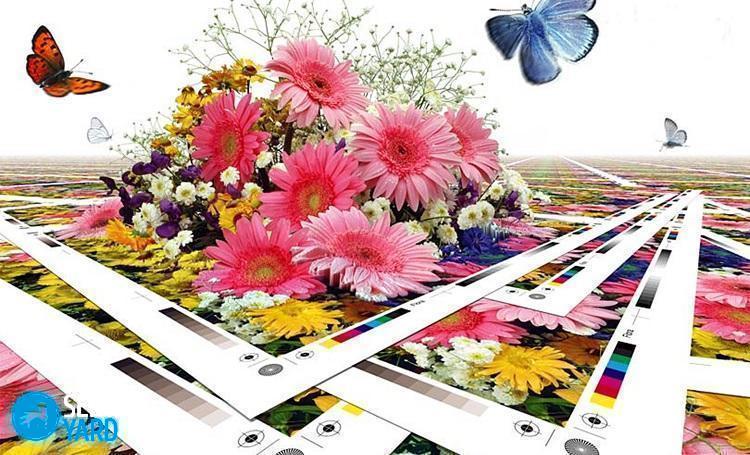
Features of photo paper:
- Photo paper consists of several layers (from 3 to 10), each of which performs its function (holds pigment, protects from external influences, and so on). Due to its layering, photo paper is denser and heavier than plain paper.
- It can be matte, glossy, semi-glossy, superglossy, silky-glossy, even satin and thin.
- The rest are located on both sides of the central cellulose layer:
- receiving layer - absorbs ink, prevents them from spreading and mixing;
- waterproof substrate layer;
- top layers - as if they seal the ink inside a sheet of photo paper and protect from damage, moisture, ultraviolet radiation.
- Usually, the more expensive and better the paper, the more durable, sharper, more realistic the photos are.
Important! Manufacturers such as Epson, Canon, HP produce paper for “native” devices, and it is the best photo paper for inkjet printers, since it takes into account all the properties and features of its technology.
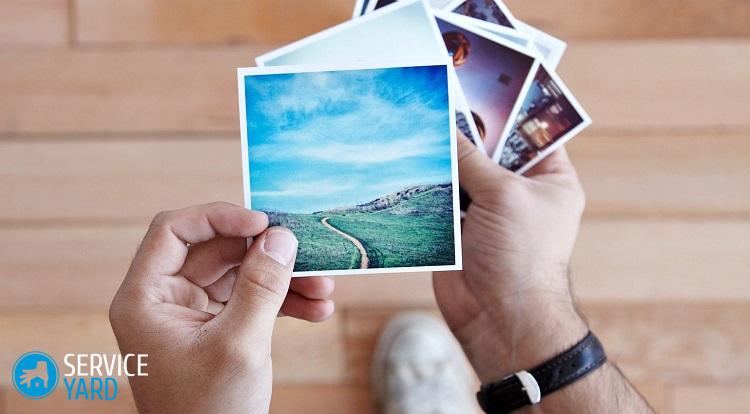
Ink
Ink for an inkjet printer can be of the following types:
- Water soluble. They are quite realistic, transmit color well, but are very unstable to moisture, as well as ultraviolet. Therefore, photos will be less durable. But these inks are the most inexpensive.
- Pigmented. The dye is a solid particles (pigment). Such ink, having penetrated the central layer of photo paper, remains there for a long time. The pigment is not so afraid of moisture and ultraviolet as water-soluble ink, so photographs retain their clarity and colorfulness up to 75 years.
Important! Like other items of computer equipment, printers during continuous operation tend to break and fail. If you want to extend the life of this appliance, you need to periodically clean it. Read another article on our site about how to clean the printer.
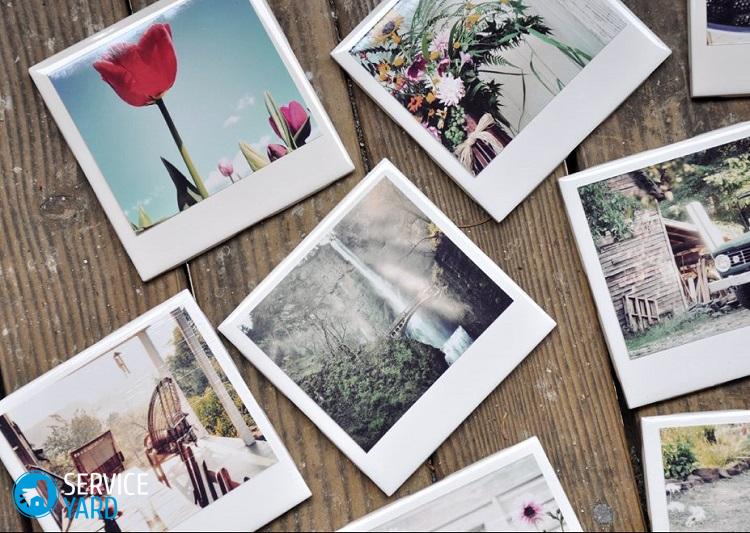
Important! Ultrachromic inks are also produced on a pigment basis (only for professional as well as wide-format Epson printers, they have a wide palette and transmit the original image as reliably as possible). Sublimation ink (for special paper, thermal film) also consists of pigments.
There are Chinese, South Korean, as well as other companies that produce water-soluble and pigment inks for inkjet printers. They are an order of magnitude cheaper than the original consumables and are quite suitable for printing documents, pictures, graphs. But for high-quality photo printing, ink from the same company as your printer is best suited.
to contents ↑How to choose photo paper for inkjet printers?
To make the right choice, you need to know what criteria to pay attention to at the time of purchase.
External coating and internal structure
Photo paper on the outer coating and internal structure can be of several types. The choice of one or another depends, by and large, on personal preferences.

Matte
It is the most budget option:
- It has three layers:
- a waterproof substrate that prevents ink from flowing through;
- the middle layer of cellulose, which holds the ink;
- top rough layer, which serves as a protective barrier.
- On matte photo paper, fine details of the image are quite clearly visible, it does not reflect light, and thanks to optical brighteners (usually titanium dioxide), the colors look brighter. In addition, minor scratches and fingerprints are not very noticeable.
- This photo paper can be printed with water-soluble and pigment inks.
Important! The minus of the product is that such photos are not very durable, they lose brightness over time, therefore, for additional protection from external influences, they need to be laminated or put under glass, film.
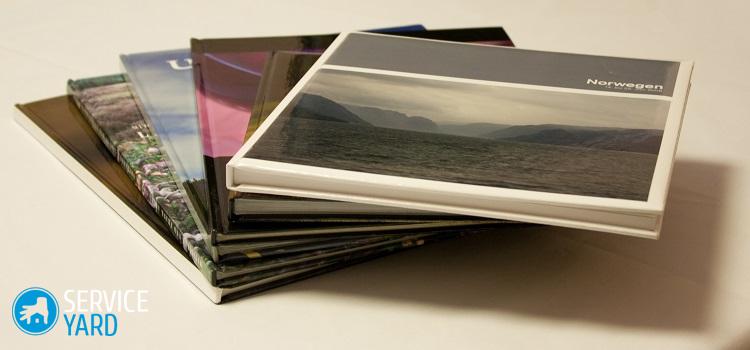
Glossy:
- Such photo paper has an additional protective smooth layer.
- The plus is that the photo does not fade so quickly, is not so susceptible to moisture, reflects light well.
- The image looks juicy and bright, but all the scratches and fingerprints are immediately visible.
Important! There is an intermediate option - semi-glossy photo paper (Semi Glossy). It gives bright, durable images, but small damage and prints are not very visible on it.
There is also super glossy photo paper (called Super Glossy) for photo printers. It most colorfully and vividly displays colors, but it is true that it shines too much in the sun, and besides, it shows the least damage.
Important! Probably, everyone faced a situation where, when refilling a printer cartridge, paint accidentally fell into your hands. In order to remove it without damaging the skin, check out another our article "How to wash ink to refill the printer with your hands?".
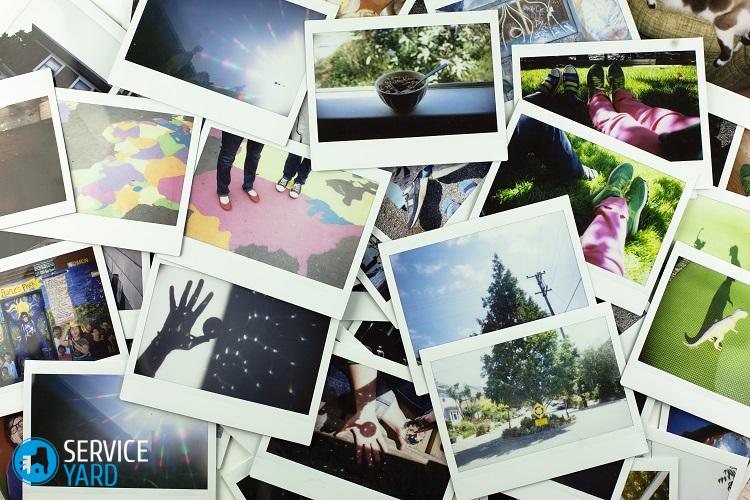
Microporous
This view is similar to matte:
- A feature of microporous paper is that it has a special absorbent porous layer, which instantly absorbs ink, and the photo dries very quickly.
- The minus is that micropores give air access to the dye, so that the photo does not lose brightness, it will have to be covered with a protective glossy layer.
Photographic paper in the form of a polymer that swells
Inside the paper is an absorber in the form of a gel or polymer. When ink arrives, this layer takes them and swells. As the liquid evaporates, the thickness of this layer decreases, the air flow stops, and the ink seems to be sealed inside the paper. Thanks to this technology, the picture does not fade for a long time, although it is afraid of moisture.
Important! For this type of photo paper, only pigment ink is suitable.
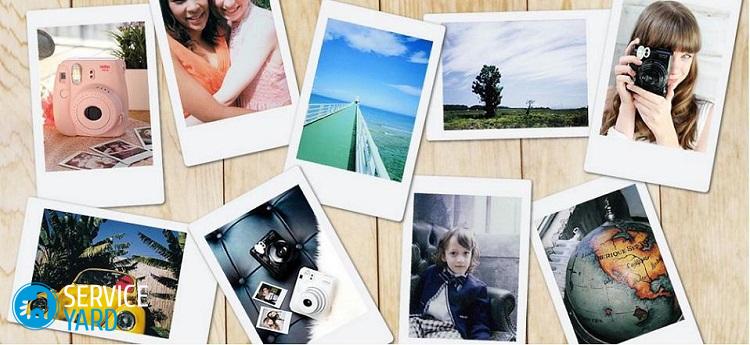
Designer photo paper:
- It differs from other types in that it has the maximum number of functional layers, inside there may be a layer of 100% cotton instead of cellulose.
- The paper is protected against moisture and adhesion.
- Feature of designer paper is that its surface can imitate canvas, antique scroll or leather texture.
- Designer photo paper is the most expensive and is rarely found on store shelves.
Important! There are also other types of photo paper: for double-sided printing (one side can be matte and the other can be glossy), with adhesive or magnetic backing, or for thermal printing.
When choosing a particular type of photo paper, be sure to check the technical capabilities of your printer.
Important! Have you collected too many photos that you would like to enjoy daily without resorting to printing them? Modern photo frames will help you. Practical tips for helping you make the right choicedigital photo frame selector.
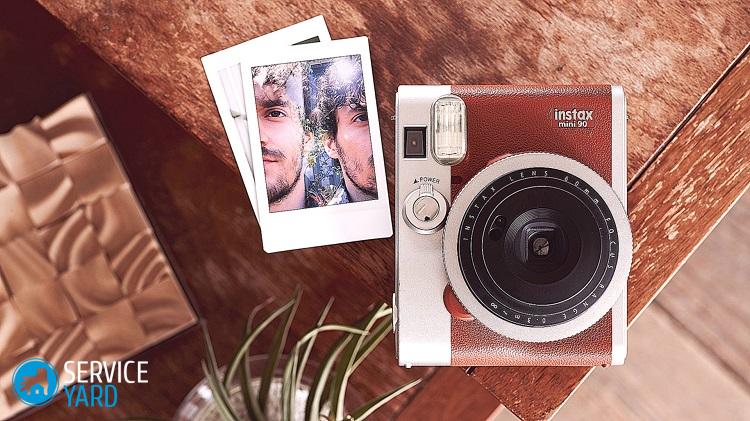
Photo Paper Density
It is measured in g / m2. This option usually depends on the number of layers in the sheet. The more of them, the greater the density:
- In ordinary office paper, the density does not exceed 150 g / m2. In photo paper, this figure should be much higher.
- For good photo quality, the density should be at least 230-300 g / m2.
Important! The lower the density of the paper, the more ink is mixed and diffused, respectively - the image clarity is lost.
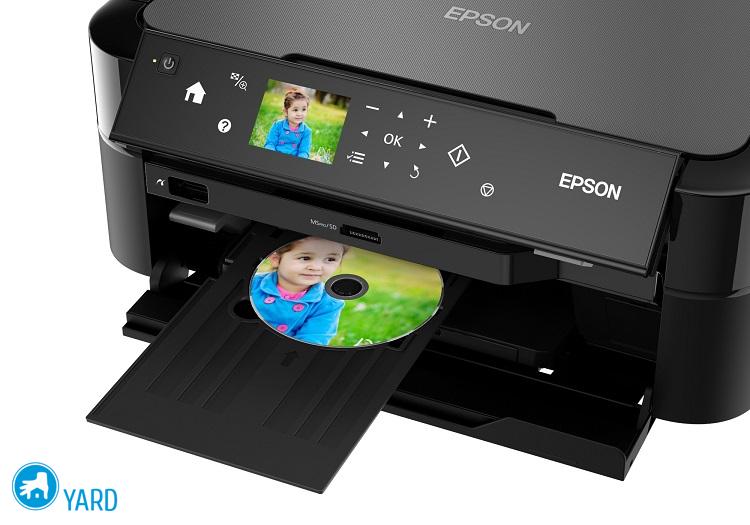
The size
If ordinary paper for printing text documents has the A4 format, then for photographs everyone is used to using A6 (10x15 cm). Although the sizes may be different, the same A4 (210x297 mm), A3 (48x32 cm), A10 (26x37 mm) and others, less commonly used. There is even photo paper in rolls.
Important! Before buying a stack of paper, read in the instructions for your printer which format might suit you.
Print resolution
Measured in dots per inch (dpi or dpi). This option depends largely on paper weight:
- For densities up to 150 g / m2, the print resolution can be a maximum of 2880 dpi, that is, of course, this will not work for reproducing colorful photos with fine details.
- For thicker photo paper, print resolution will be between 5760 dpi and higher.
Important! The larger this parameter, the better photo you get as a result.
So, with all sorts of characteristics of photo paper sorted out, now let's move on to specific examples.
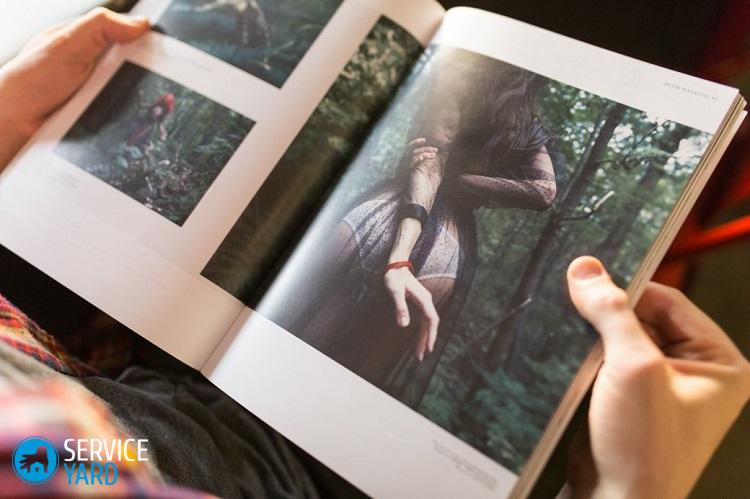
Epson
Which photo paper is best for an Epson printer?
For the Epson printer, according to the manufacturers of this technology, the “native” photo paper is ideally suited:
- In a series of matte paper on sale you can find Matte photo paper Epson A4 format (167 g / m2, 250 sheets), it provides high quality resolution.
- There is also matte paper in rolls of 50 meters: Bond paper white (36 ”and 24”).
- The range of glossy photo paper is wider: Premium Glossy photo paper (13 × 18, 500 sheets or a roll of 30.5 meters), Glossy photo paper (10 × 15, A4, 13 × 18 from 50 to 500 sheets), Hi-image glossy and others.
- Semi-glossy paper Premium Semi glossy photo paper 10 × 15, 100 sheets or more) is also available.
Important! If you use original ink for this paper, then the quality of the photo will please you.
In addition to the original company paper, Inksystem - Glossy photo paper 10x15 paper can also be used for amateur photo printing. It transfers images well, has a low price and, judging by customer reviews, it is perfectly used in Epson printers and MFPs.
Also recommended themselves:
- Lomond photo paper. It is presented in different series - from the usual matte and glossy to satin and designer (Art series).
- You can find inexpensive analogues of the brands Barva, Colorway, BBM and others. For amateur photo printing without any complaints, such products are quite suitable.
Important! If you like taking pictures, create your original and non-standard interior design by decorating the wall with beautiful and bright photos. Learn about how to do this and examples of interesting ideas from our article. “Wall decoration with photographs”.
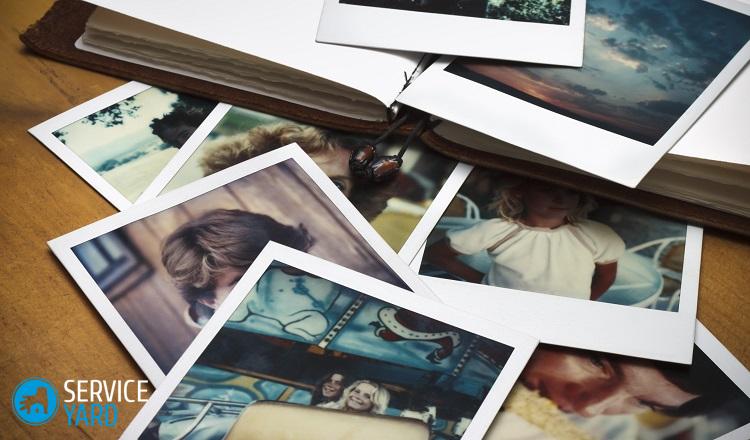
Canon
Which photo paper is best for Canon? As in the previous case, the original paper in combination with the “native” ink will be ideal:
- Photo paper matte in different sizes.
- Photo paper plus glossy - glossy.
- Plus semi-gloss - semi-gloss.
Important! The sizes are various, different may be the number of sheets in a bundle.
As for Epson, universal paper Lomond, Inksystem, Barva, Colorway, BBM and others are also suitable for these printers.
Important! For professional photo printing, they are not quite suitable, but for amateur printing - just right.
And do not forget to pay attention to the density of the paper. As mentioned above, the denser the paper, the better the quality of the picture you get.
Important! You can find all the data on the front of the package of photo paper.
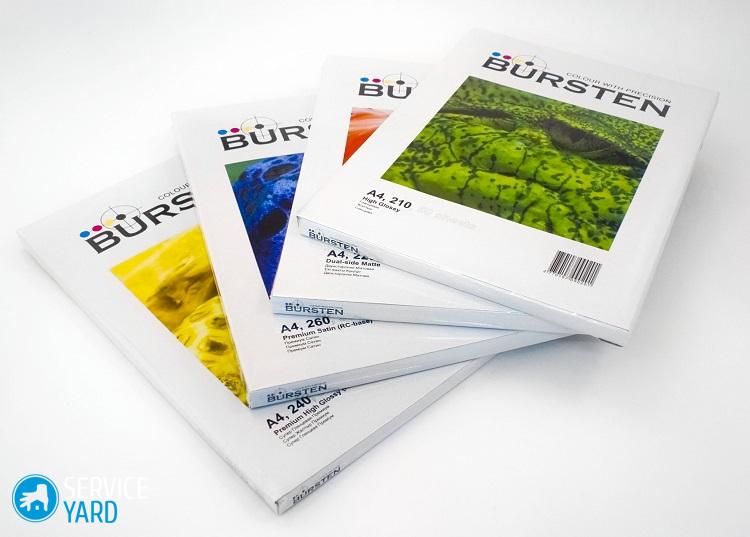
HP
HP also produces for its printers a line of photo paper in various formats and with different coatings:
- Everyday glossy photo paper and Advanced glossy photo paper - glossy.
- Semi-gloss - Premium plus semi-gloss photo paper.
- There are also matte, double-sided and others.
to contents ↑Important! As in previous cases, you can use universal photo paper of the above companies. This will slightly reduce the quality, but it will save the budget.
Stock footage
So, with all sorts of nuances in various types of paper for printing photos, we introduced you, so the choice is yours. The most important thing - before buying, study the possibilities and requirements for printing your printer model, carefully read the parameters of the purchased photo paper so that everything fits together. For professional high-quality photo printing, purchase only original consumables, and for amateur printing, you can choose from the variety of products presented that suits your wallet and taste.




